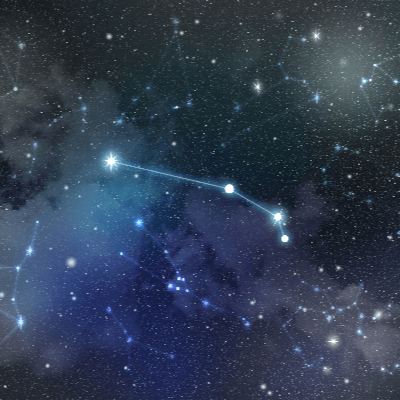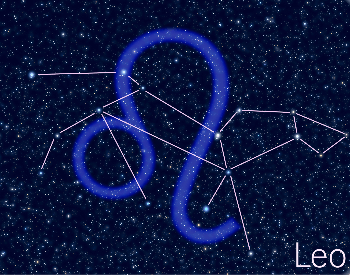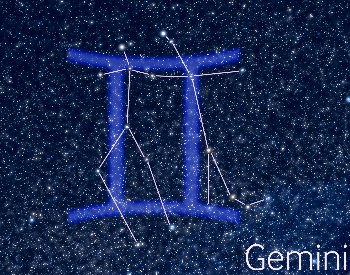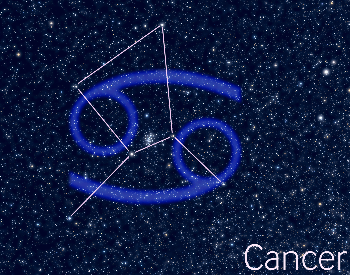
This web page contains constellation facts for kids and is a great resource for anyone of any age researching star constellations. We’re going to provide you with the latest and most accurate facts about constellations from scientific sources. Alongside facts, you’ll get to see some awesome pictures of and additional resources on constellations.
The constellations facts below will help you understand what a star constellation is, how many star constellations there are, what star constellation are you for and other useful facts about star constellation. We hope the below facts about constellation are helpful and make researching them fun, while opening your imagination into space.
If any of the below constellation facts are inaccurate or out of date, please contact us and let us know.
16 Constellation Facts for Kids
- A constellation is a group of stars that create an imaginary outline.
- A constellation usually represents an animal, mythological person or creature, god, or an inanimate object.
- There are 88 constellations recognized by the International Astronomical Union (IAU).
- The IAU’s 88 recognized constellations are made up of 42 animals, 29 inanimate objects and 17 humans or mythological characters.
- The IAU gives each constellation an official 3-letter abbreviation.
- NASA gives each constellation an official 4-letter abbreviation.
- Constellations were used and identified by humans going back to 3000 BC.
- The 13 zodiac constellations are Aries, Aquarius, Cancer, Capricorn, Gemini, Libra, Leo, Ophiuchus, Pisces, Sagittarius, Scorpio, Taurus and Virgo.
- The most recognizable constellation is Orion. Its location in the sky allows it to be viewable from many locations across the globe.
- Constellations can be used for navigation. The Ursa constellation can help you find the North Star (Polaris). The height of the North Star can be used by sailors to figure out their latitude.
- In ancient times, constellations were used as part of their calendars. Ancient humans could use constellations to know when they had to plant or harvest crops and when winter was approaching.
- The largest constellation is Hydra, and it covers 3.16% of the sky.
- The smallest constellation is Crus, and it covers 0.17% of the sky.
- The brightest constellation is Crux.
- Out of the 88 IAU recognized constellations, 22 of them start with the letter C.
- Out of the 88 IAU recognized constellations, 48 of them were first observed by the Greek astronomer Ptolemy in 150 AD.
Constellation Pictures



Additional Resources to Research Constellations
- A Complete Guide of Star Constellations – View the IAU’s website to learn about the 88 recongized star constellations.
- Famous Star Constellation Guide – A guide that has the most familiar and easily viewable constellations in the northern sky.
- Constellation – Wikipedia – Discover what a constellation is, how it’s used and other useful constellation facts on the Wikipedia website.
